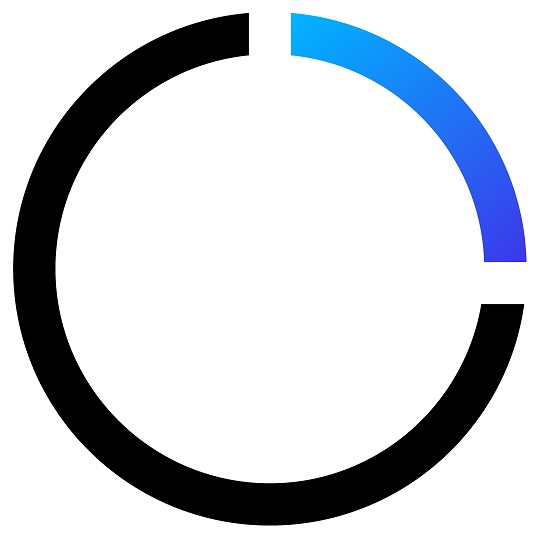Yesterday morning I couldn’t remember where I put my keys, but I still remember what movie I went to on my 16th birthday and that was a LONG time ago.
This is the nature of forgetting. We all do it. We remember some things, yet forget others. Sometimes we even remember things that never happened. When it’s the movie you watched on your 16th birthday or the size of that fish that got away, it’s not crucial what you remember, but it’s another matter when it’s information and knowledge critical to your job and your organization’s performance.
How Much Do We Forget Over tIme?
Learning professionals are well aware that much of the sales training they deliver today will be forgotten within a month. When you factor in the cost of that training you see the problem. So how do you tackle an issue like forgetting?
Let’s start with the science behind forgetting. For over a century, scientists have tried to quantify how much we forget over time. The most popular research in this area comes from Dr. Hermann Ebbinghaus.
In his research, Ebbinghaus showed test subjects strings of syllables and tested their ability to remember them. He then asked the subjects to recall the same syllable sequence at various points of time in the future and documented the results. This research led to numbers such as “85% of what you learn today you’ll forget in a week” or “half of what you learn today will be forgotten by tomorrow”.
More importantly, his research also demonstrated a daily review of the learned information improved retention rates over time.
While this is interesting, it doesn’t show the whole picture. My Washington Nationals lost the last game of the National League Division Series 9-8 and are again out of the playoffs after a terrific season of baseball. I’ll remember that loss for quite some time and I won’t need to be reminded about it each day.
Design Learning To Be Remembered
The same is true for much of the knowledge in our heads. So why does some information stick and other information disappear? And how can we improve how our people learn and get the most out of our training and sales enablement investment by ensuring the knowledge we are conveying is retained?
To start, design your learning to attack the forgetting curve.
Dr. Will Thalheimer (Thalheimer, 2017) has done research that suggests that memory retention rates depend on how meaningful the information is that we are asked to remember. His list below gives examples of information from Least Meaningful to Most Meaningful.
1. LEAST MEANINGFUL: Nonsense Syllables (of the type that Ebbinghaus used)
2. Word Pairs having an arbitrary relationship (e.g., Horse, Button)
3. Knowledge and Facts that have zero or little personal relevance (e.g., “The Jajungoos are orange people who eat raisins.”).
4. Word Pairs having a meaningful relationship (e.g., Cat, Gato). Gato is Spanish for cat.
5. Knowledge and Facts that hold personal relevance (e.g., “Bananas are an excellent source of potassium.”)
6. Decision-Making Information (e.g., When using non-gluten flour in baking cookies, be very careful with the finished cookies, because they are more likely to crumble).
7. MOST MEANINGFUL: Personally-Relevant or Emotionally-Salient Information (e.g., Aunt Gertruda had a ten-month affair with her step-brother).
Is your learning relevant to the student? Do you provide specific decision-making information in the learning? If not, be sure to adjust your training material.
Build Reinforcement Into Training
Attacking the forgetting curve through content design is not your only opportunity to improve retention. The other strategy you can employ is something called spaced repetition. Earlier we talked about how reinforcing learning in the days following the event improves learning retention. Now look at your sales training and ask yourself, “How am I reinforcing the learning the day after the event? Two days after the event?”.
Finally, it’s important to do occasional assessments of what your people know. What have they remembered and what have they forgotten? What have they remembered incorrectly and what misinformation are they carrying around in their heads? Good assessment tools allow you to focus your resources where they are needed most.
Your people will forget what you teach them, but if you make your learning personally relevant to the student, provide daily follow up or learning for at least one week after the learning event and continue to assess your population’s retention of knowledge critical to their and your organization’s success, you can mitigate the impact forgetting has on your investment in training. Now, where did I put those keys?




